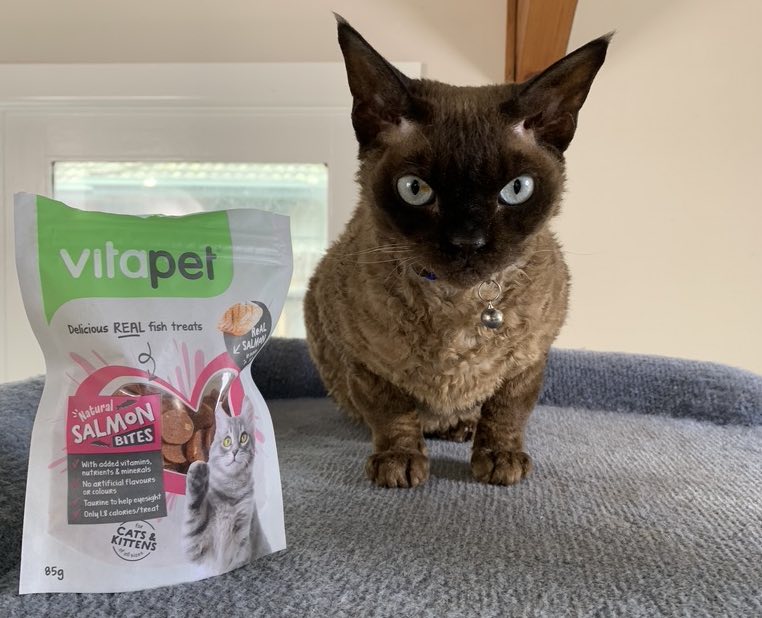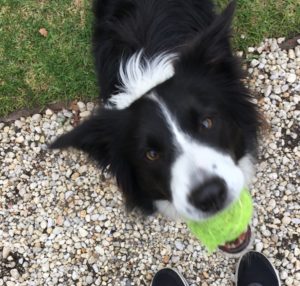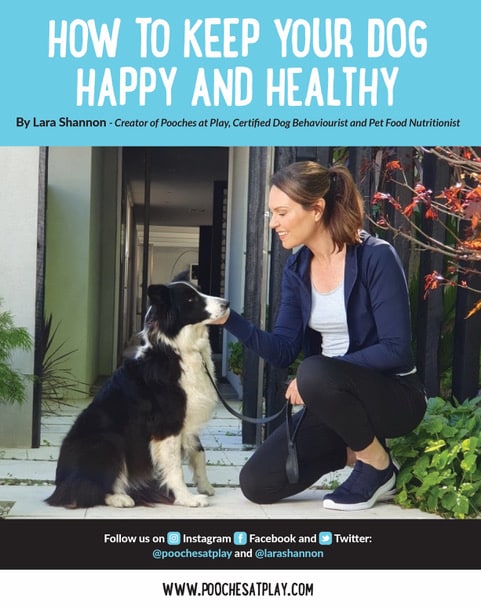

Cats are highly intelligent animals, and like our dogs, they need to be kept mentally and physically stimulated to keep their brains and bodies fit and healthy. So, training a cat is as great activity to consider.
Bored cats are prone to overeating and oversleeping, and can develop stress disorders, so incorporating some training into your cat’s daily routine is a great way to keep them active.
Training a cat to carry out a variety of actions can include sitting and coming when called, to doing high fives and fetching, the same as dogs.
Cats are not as social as dogs and therefore don’t respond to training techniques in the same way.
Whereas dogs want to please you, and respond well to praise and attention, when training a cat they are better motivated by food.
Keep in mind that cats respond poorly to punishment, and rather than learning not to produce certain behaviour, cats will just learn to be afraid of you, and will run away and may even hide and become stressed and anxious.
Train your cat before she eats and ensure her meal times are set, and she is not allowed to ‘graze’ throughout the day. This way, she will be more motivated and open to training.
Plan for two or three short training sessions per day, limited to five minutes at a time as cats have short attention spans.
When training a cat, just like with dogs, timing is everything.
Reward your cat immediately when it produces the behaviour so she can make the connection between the desired behaviour and receiving a treat.
You can use a clicker or marker word ‘yes’ like you would a dog to be even more precise with the timing and action and also put it on cue.
Be careful not to reward the wrong behaviour. If your cat doesn’t produce the behaviour you want, stop and wait until she does what you want.
Be sure to select treats that are natural with no artificial colours, flavours or preservatives and made from real meat, like the new Vitapet range of cat treats.
Available in a range of natural flavours they are a healthy treating option for cats and kittens when training, or just to show your feline friend some love.
For more cat tips and information about the Vitapet cat treat range visit their website.
About the Author: Lara Shannon is a NDTF certified dog behaviourist and trainer, Executive Producer and Host of Pooches at Play on Channel 10 and editor of Poochesatplay.com. Lara also runs her own dog training and boarding business in Melbourne’s Bayside area and is the Author of Eat, Play, Love Your Dog.

The benefit of interactive toys for dogs


The benefits of crate training your dog

How herding training can help with dog behaviour issues

Does your dog have a ball obsession?

Receive a FREE copy of the E-Book “How to Keep your Dog Happy & Healthy”


Get your paws on Lara Shannon’s best selling books ‘Eat, Play, Love (your dog) and World of Dogs.
Available in Australia, USA, UK and Canada.